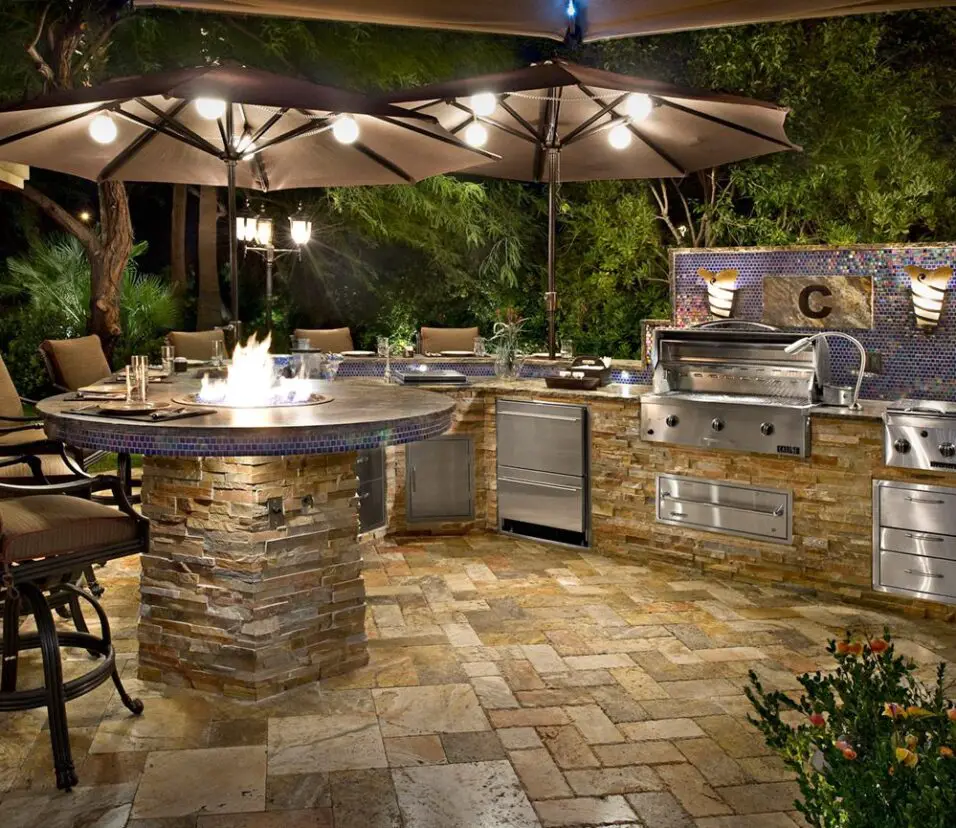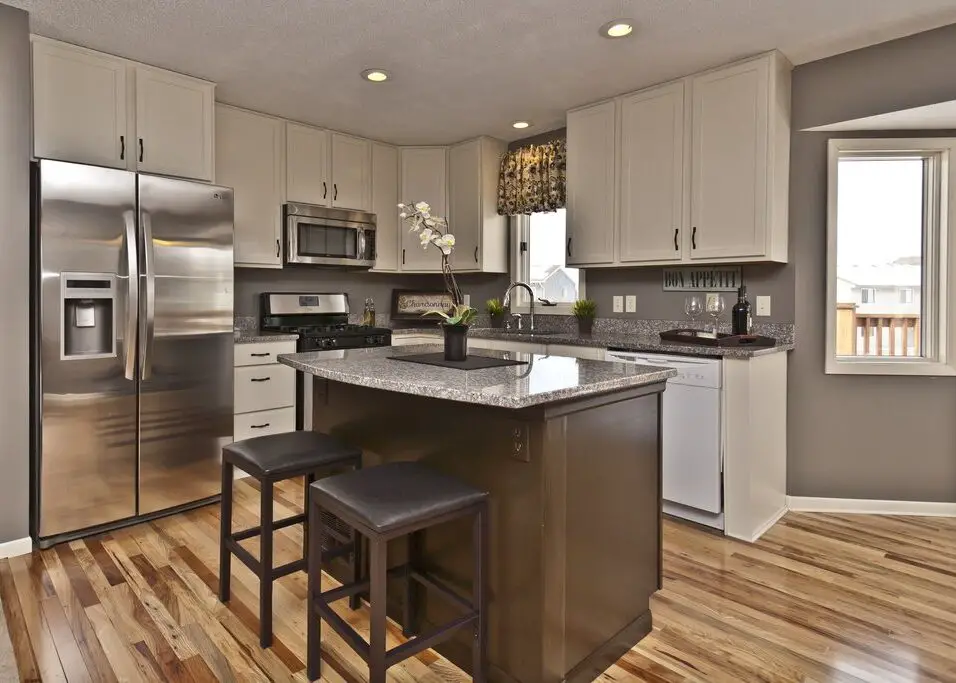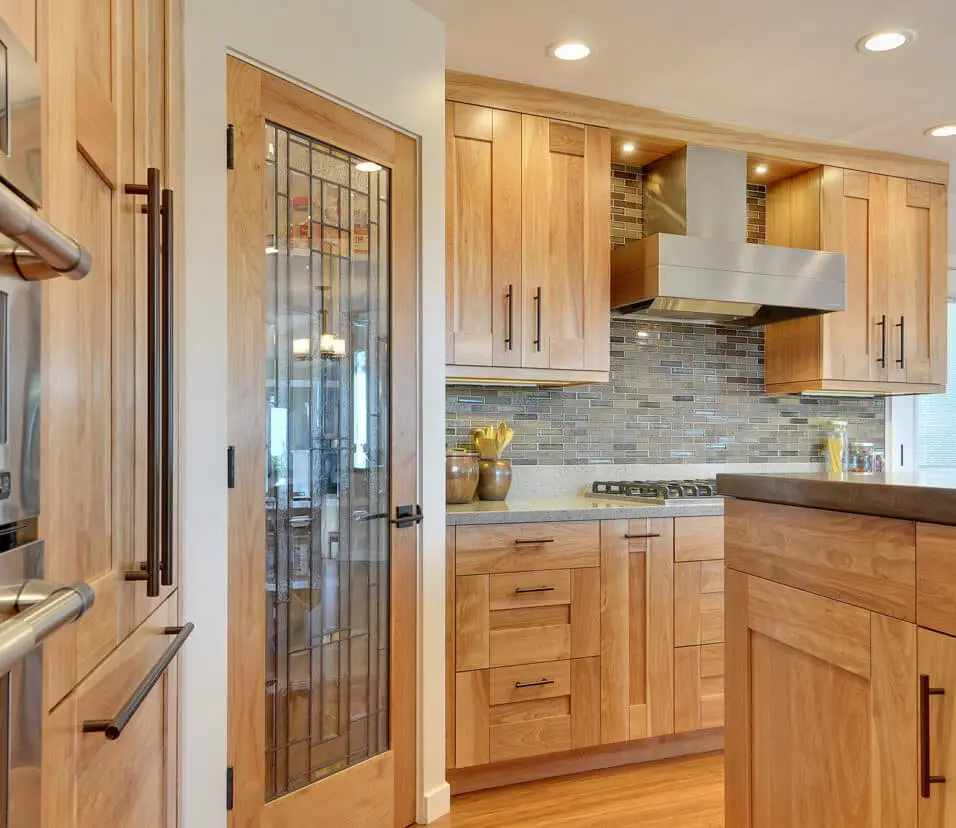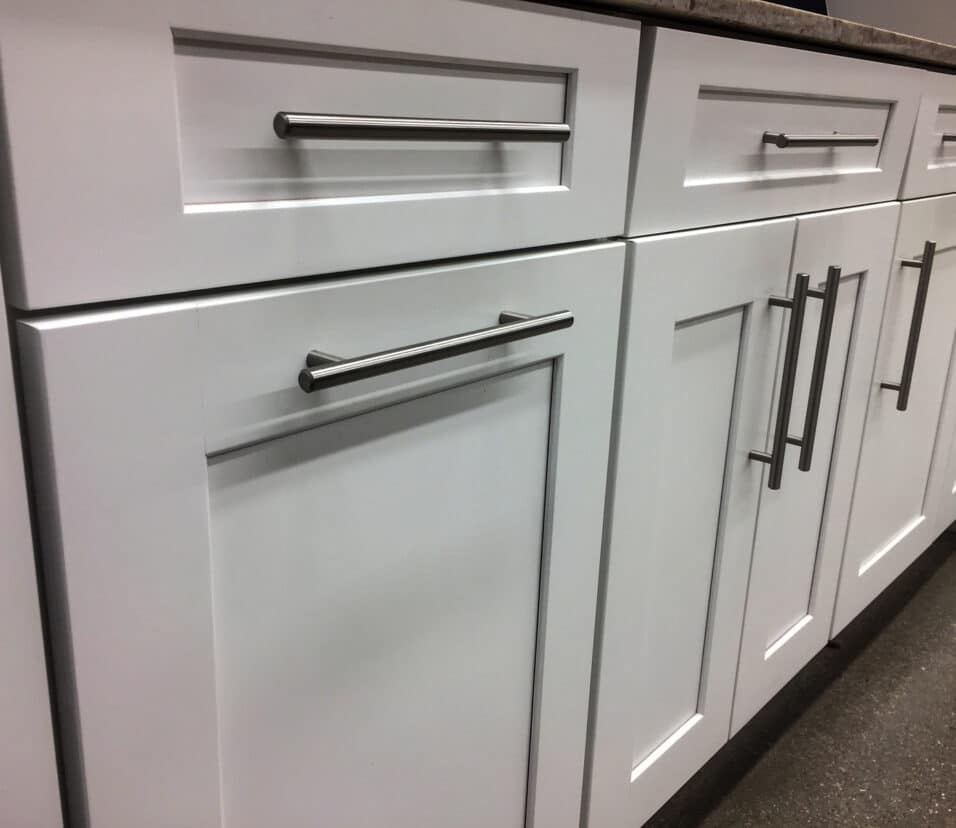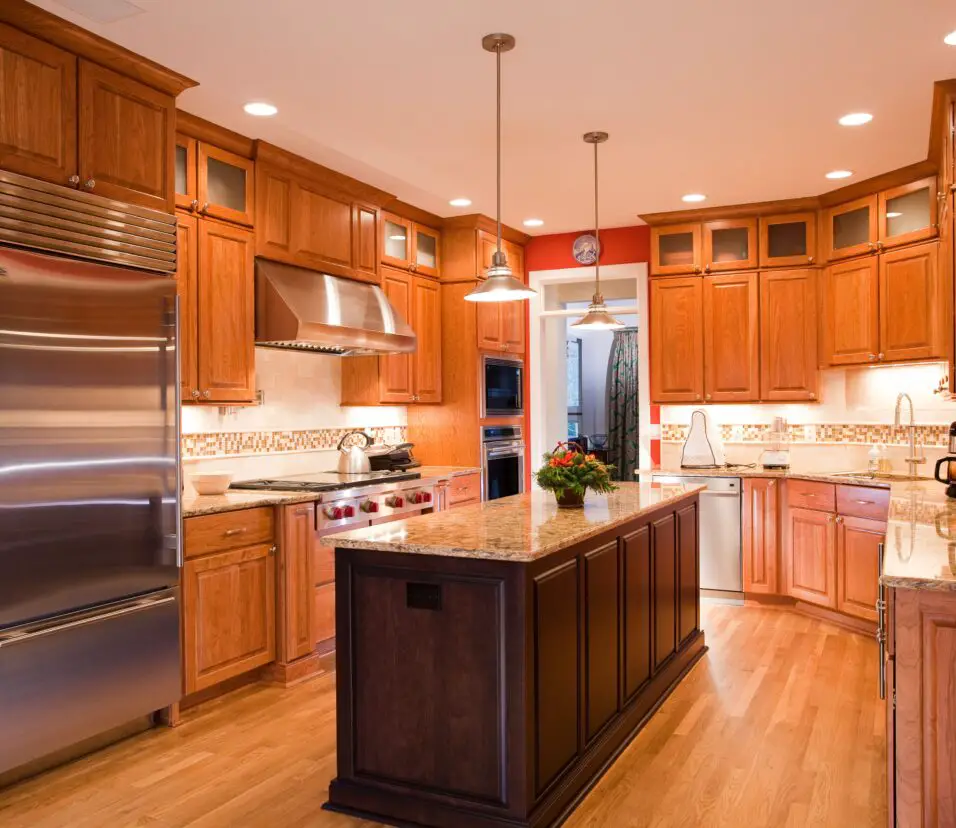How To Install Kitchen Cabinets On Wall
Introduction
How To Install Kitchen Cabinets On Wall: Kitchen cabinets are essential storage units that not only keep your cookware and essentials organized but also contribute to the overall ambiance of your kitchen. While the idea of installing cabinets might seem daunting at first, with the right tools, preparation, and a step-by-step approach, you’ll be well on your way to a successful installation.
You’ll learn about the tools you’ll need, the types of kitchen cabinets available, and how to ensure everything is level, secure, and aligned for a professional-looking result. Kitchen cabinets on a wall! Whether you’re embarking on a kitchen renovation or simply upgrading your space, installing cabinets can be a rewarding and cost-effective way to enhance both functionality and aesthetics in your kitchen.
Before you begin, it’s important to remember that safety is paramount, and working with heavy materials and tools requires caution. If you’re not confident in your DIY skills, don’t hesitate to seek the help of a professional installer. However, with a can-do attitude and attention to detail, you’ll soon have beautiful and functional kitchen cabinets that will make your cooking and dining experience even more enjoyable.
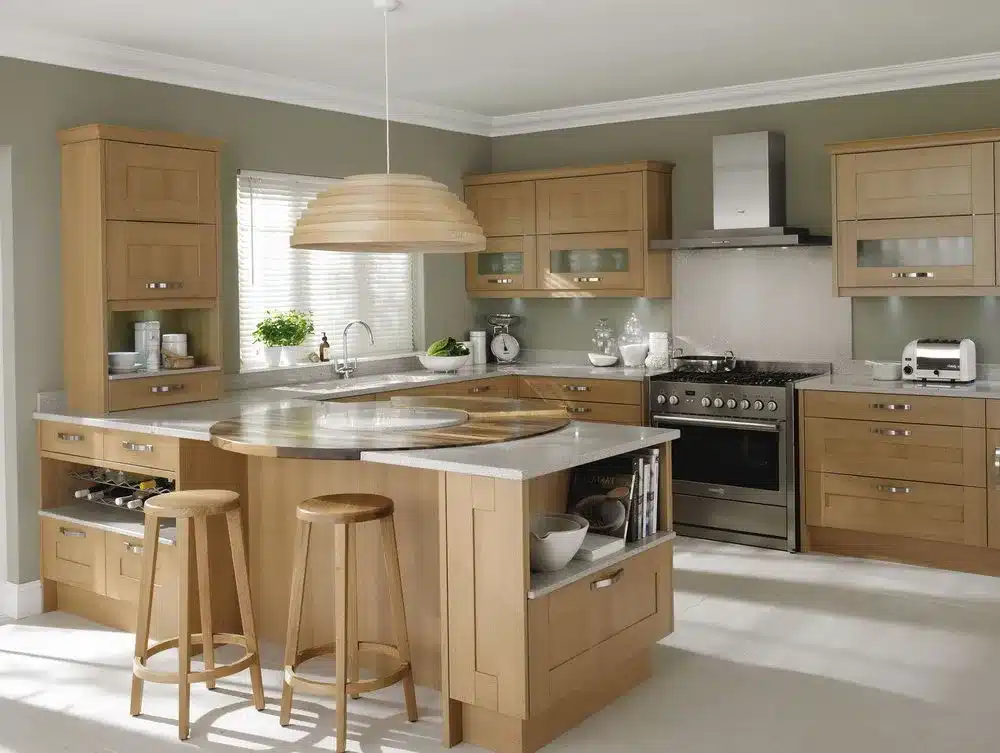
Do kitchen cabinets go on wall or base first?
To make sure your layout is correct, use a pencil and level to find all of the wall-mounted top cabinets. Start with the wall shelves in the kitchen. You can put in upper cabinets without having to move the base cabinets out of the way.
To hold the wall cabinets, base cabinets are put in first.
Since base cabinets are level with the floor, they are easier to level than wall cabinets.
Put in the countertops and organize the kitchen quickly with base cabinets before the wall cabinets come.
If you are new to building cabinets, base cabinets might be easier for you to put in.
It might be hard to picture and plan kitchen design without wall cabinets.
Putting in base cabinets first might make it harder to get to water and electrical fittings, so more planning and teamwork is needed.
Base cabinets may need to be strengthened so that they can hold up wall cabinets.
Do kitchen cabinets have to be attached to wall?
It depends on the construction of the house and the style of kitchen cabinets. In most cases, kitchen cabinets are attached to the wall. However, some cabinets are attached to the floor or designed to stand alone. These types of cabinets are usually more expensive and require professional installation.
Attaching kitchen cabinets to the wall ensures they are securely anchored and stable. Wall-mounted cabinets are typically designed to bear the weight of dishes, cookware, and pantry items.
Wall-mounted cabinets help optimize kitchen space by utilizing the vertical area. They provide additional storage options without occupying valuable floor space. This is especially beneficial in smaller kitchens where maximizing storage is essential.
Attaching cabinets to the wall creates a seamless and polished look in the kitchen. When installed correctly, the cabinets appear as integrated units, enhancing the overall aesthetic appeal of the space.
In many areas, building codes and regulations require kitchen cabinets to be securely attached to the wall to meet safety standards. Local authorities may conduct inspections to ensure that cabinets are installed according to these guidelines.
Do you need glue for kitchen cabinets?
You can build them yourself, but you will need help putting the wall shelves up. Adding wood glue to the joints will make them last longer and keep them from moving, which will make them look even better.
Wood or composite kitchen drawers are often hung on the wall. This stays put without glue. Fitted screws hold things and cabinets in place.
The screws and building adhesive keep things stable. The shelves that hold heavy dishes and appliances take the most damage. Spreading out the weight and sticking drawers to the wall with glue.
Some kitchen cabinets need to be built before they can be put up on the wall. The company that makes the cabinets may give you glue to put them together. This glue is included in cabinet kits to make parts stronger.
Adhesive can be used to put on cabinet borders and trim. When the trim is attached to the cabinets, it looks like it’s done.
This could also make it harder to take out or change the cabinet. So, when putting cabinets in or taking them out, think about how the glue will affect them in the long run.
If the manufacturer and state codes say not to use adhesive, don’t. A skilled cabinet contractor or carpenter can help you figure out the best way to put in cabinets.
Are kitchen cabinets glued or screwed?
Most companies that make kitchen cabinets use screws and glue. Glue holds things together, and screws make the box stronger.
Screws are the most common way to place kitchen cabinets. Most cabinets have screw holes already drilled in them to make fitting easier. It’s safe to use screws to hold drawers together. For heavy drawers, this is a must.
Screws make it easier to level and line the cabinet while it’s being installed. Screwed drawers make it easier to upgrade because they are easy to take out and put back in. Several building rules say that cabinets must be mounted on the wall. Screws are safe to use.
Gluing can make kitchen cabinets more stable, but it’s not as common as screwing. Cabinets can be made stronger with construction glue and screws. For durability and smoothness, some adhesives may be used to connect cabinet parts while they are being made.
Finish off the cabinets by adding artistic trim or molding. It is very important to use the right glue for the job and the materials. To make a strong bond, glue needs to dry out and get hard.
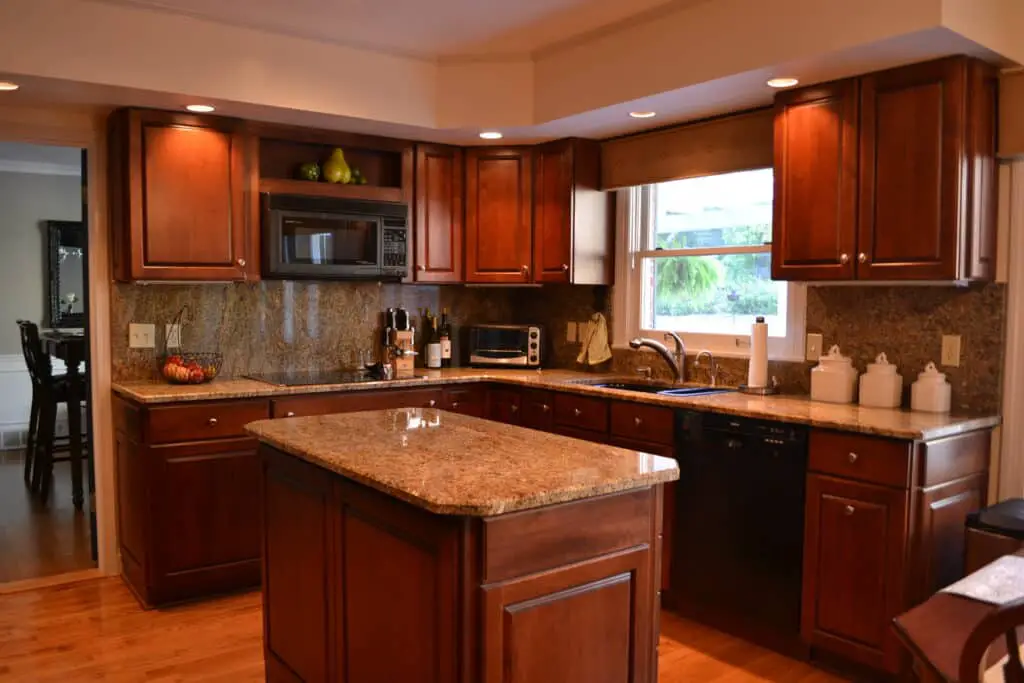
Why install upper cabinets first?
Always install the upper cabinets before the lower cabinets. This way you won’t have to awkwardly work over the lower cabinets, risking damaging them in the process.
By installing upper cabinets first, you have unobstructed access to the wall, making it easier to work and maneuver during the installation process. You can measure, mark, and drill holes without having to reach over or around lower cabinets.
Installing upper cabinets first allows you to visually plan the kitchen layout more effectively. You can see how the upper cabinets will fit into the space and plan the positioning of the lower cabinets accordingly, ensuring a cohesive and aesthetically pleasing design.
Starting with upper cabinets helps achieve a more precise and seamless alignment for your entire cabinetry setup. When the upper cabinets are level and properly installed, it serves as a reference point for installing the base cabinets, ensuring they align correctly.
When upper cabinets are installed first, it provides easier access to electrical outlets and plumbing lines, if needed. This makes it more convenient to address any wiring or plumbing modifications before installing the base cabinets.
Upper cabinets are generally lighter than base cabinets since they don’t bear the weight of countertops or heavy appliances. This makes handling and mounting them on the wall a more straightforward and manageable process.
Do kitchen cabinets have to touch the ceiling?
‘I advise clients only to fit floor-to-ceiling cabinetry if they have lofty, high ceilings,’ says Tom Howley, Design Director at the eponymous kitchen company. ‘In smaller spaces, waist-height pull-out drawers are the best option.
Some homeowners prefer the look of cabinets with a gap, as it adds an open and airy feel to the kitchen. It can also create a sense of visual balance, especially in kitchens with high ceilings.
Leaving space above the cabinets allows room for displaying decorative items, such as artwork, plants, or stylish kitchen accessories.
Cabinets with a gap are easier to install, as it eliminates the need for precise measurements and cuts to fit the ceiling contours.
Cabinets without filler panels to reach the ceiling may be more cost-effective than customizing cabinets to fit perfectly against uneven ceilings.
In kitchens with standard ceiling heights, extending the cabinets to the ceiling can be an attractive option. However, in kitchens with exceptionally high ceilings, floor-to-ceiling cabinets might be impractical and difficult to access.
If your ceiling is uneven or has imperfections, leaving a gap may be a more forgiving and visually appealing solution.
Ultimately, the decision comes down to personal taste and the overall design vision for your kitchen.
Regardless of your choice, ensure that the installation is done professionally and that the cabinets are secure and level. Crown molding or trim can also be added to create a polished look and to bridge the gap between the cabinets and the ceiling.
Do cabinets need to go to ceiling?
If your ceilings are any higher than ten feet it is probably not a good idea to have the your kitchen cabinets meet the ceiling. From a usability standpoint, kitchen cabinets that are higher than this would be difficult to reach and would not meet the needs of most home-owners.
Some homeowners prefer the look of cabinets with a gap, as it adds an open and airy feel to the kitchen. It can also create a sense of visual balance, especially in kitchens with high ceilings.
Leaving space above the cabinets allows room for displaying decorative items, such as artwork, plants, or stylish kitchen accessories, adding a personal touch to the kitchen design.
Cabinets with a gap are easier to install, as it eliminates the need for precise measurements and cuts to fit the ceiling contours. This can save time and reduce installation complexity.
Cabinets without filler panels to reach the ceiling may be more cost-effective than customizing cabinets to fit perfectly against uneven ceilings.
In kitchens with standard ceiling heights, extending the cabinets to the ceiling can be an attractive option. However, in kitchens with exceptionally high ceilings, floor-to-ceiling cabinets might be impractical and difficult to access.
If your ceiling is uneven or has imperfections, leaving a gap may be a more forgiving and visually appealing solution. Ultimately, the decision comes down to personal taste and the overall design vision for your kitchen.
Do wall cabinets go to the ceiling?
It is best to mount wall cabinets 54 inches above the floor. This means that an upper cabinet that is 39 or 42 inches will reach 8-foot ceilings, based on the height of the crown molding. Ceiling shelves store things vertically. It adds room to small kitchens without taking away base cabinets or equipment.
Wall shelves that are higher up look cleaner. This plan can lead to a kitchen that looks better and is better organized. To keep dust and grease off the cabinet tops, close the gap between the cabinets and the ceiling. Less often clean places that are hard to get to.
Wall cabinets that reach the ceiling make storage more efficient by taking up less room above them.
Some people choose wall cabinets with gaps because they make kitchens look bigger and more open. Visual balance is good for kitchens with high ceilings.
You can put art, plants, and trendy cooking accessories on top of the cabinets. It’s easy to make changes, and the kitchen is uniquely yours.
Installing gap cabinets is simple since you don’t have to make exact cuts in the ceiling. The installation goes faster and is easier with it.
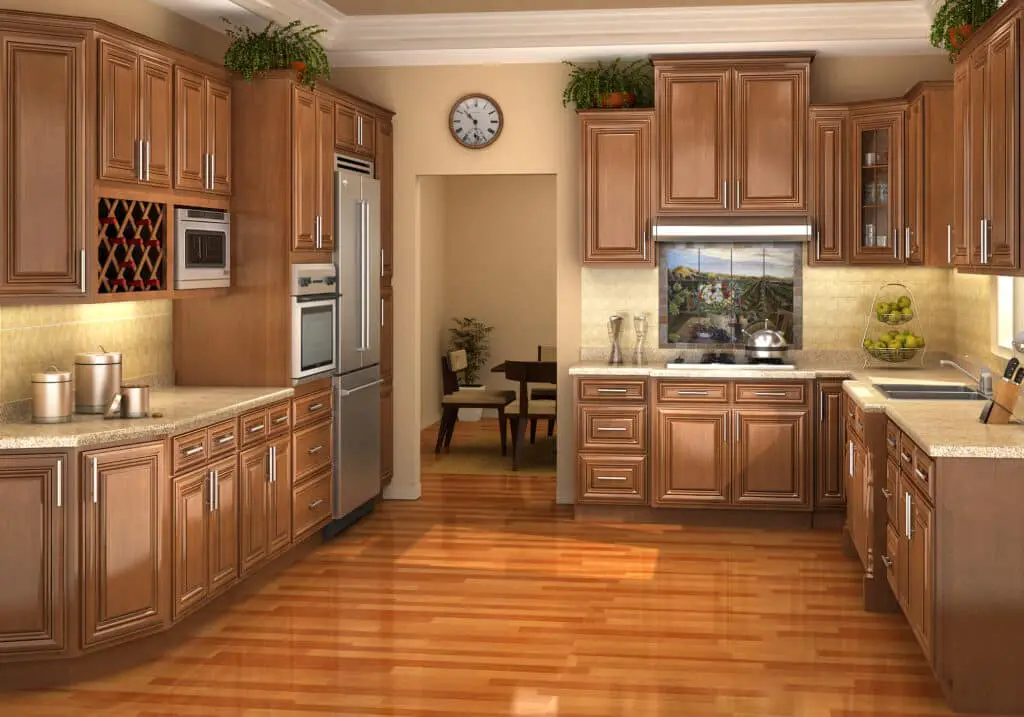
Conclusion
Throughout the process, you’ve learned the importance of proper planning and measuring to ensure accurate and level placements. Taking the time to gather the right tools and materials has helped make the installation process smoother and more efficient. The careful consideration of safety precautions has ensured that the project was completed without any accidents. From carpentry to renovation, this experience has equipped you with valuable skills that can be applied to various endeavors in the future.
As a result of your hard work, your hang kitchen now boasts beautiful and functional cabinets that not only enhance organization and storage but also add to the overall aesthetic appeal of the space. The satisfaction of stepping back and admiring your handiwork is incredibly rewarding. With your newly acquired knowledge of cabinet installation, you might find yourself more confident and capable of tackling other home improvement projects.
Remember, patience is key when working on projects like this. Take your time to measure, level, and align the cabinets accurately, as even the smallest errors can lead to significant issues down the line. And if you encounter any challenges along the way, don’t hesitate to seek guidance or assistance from experts or fellow DIY enthusiasts.




